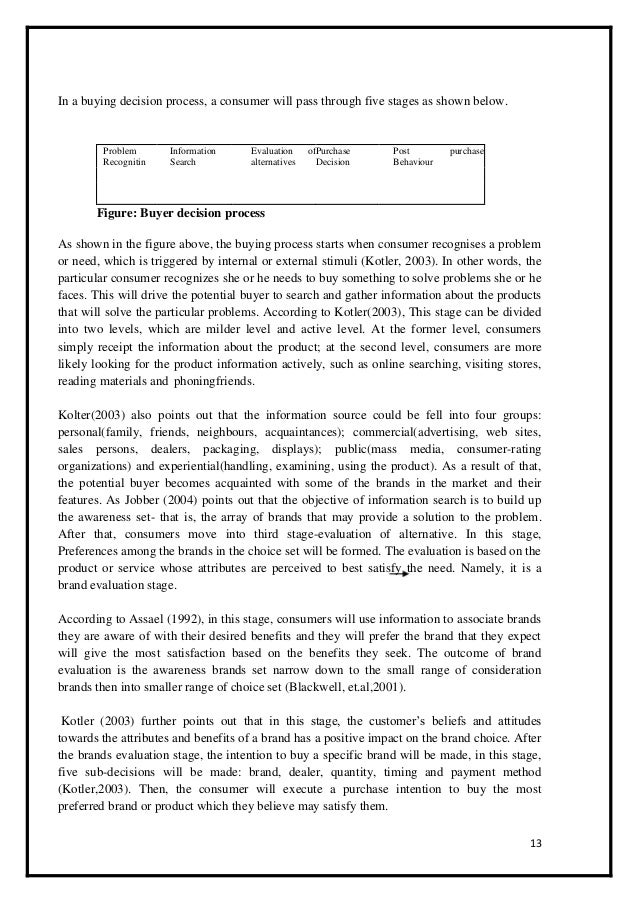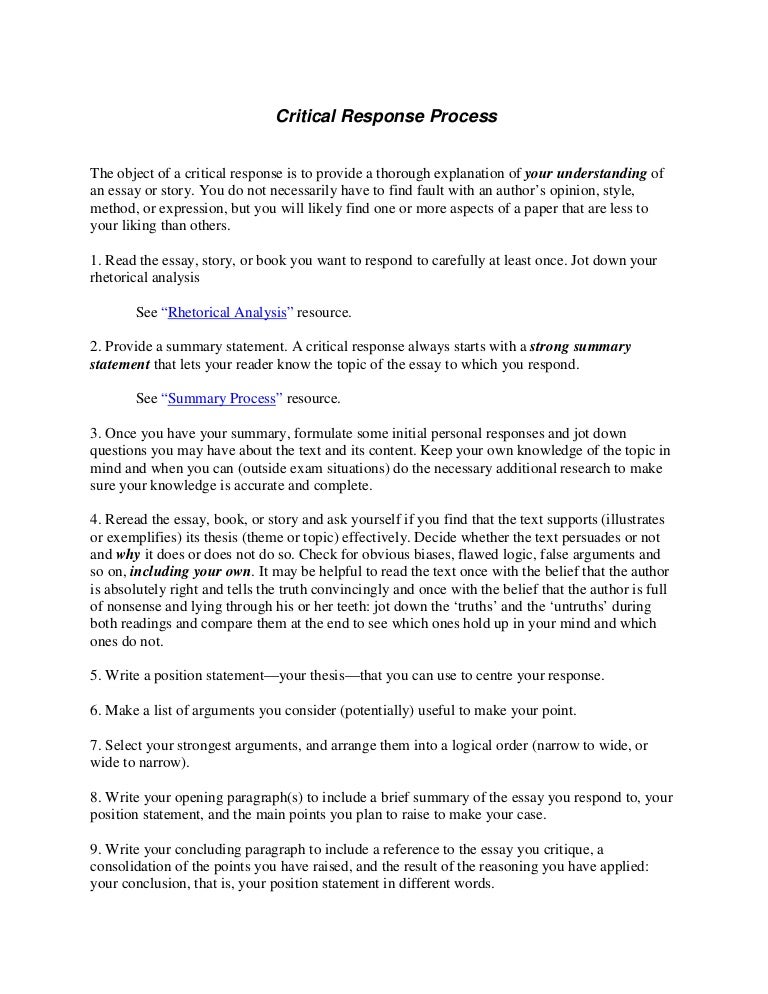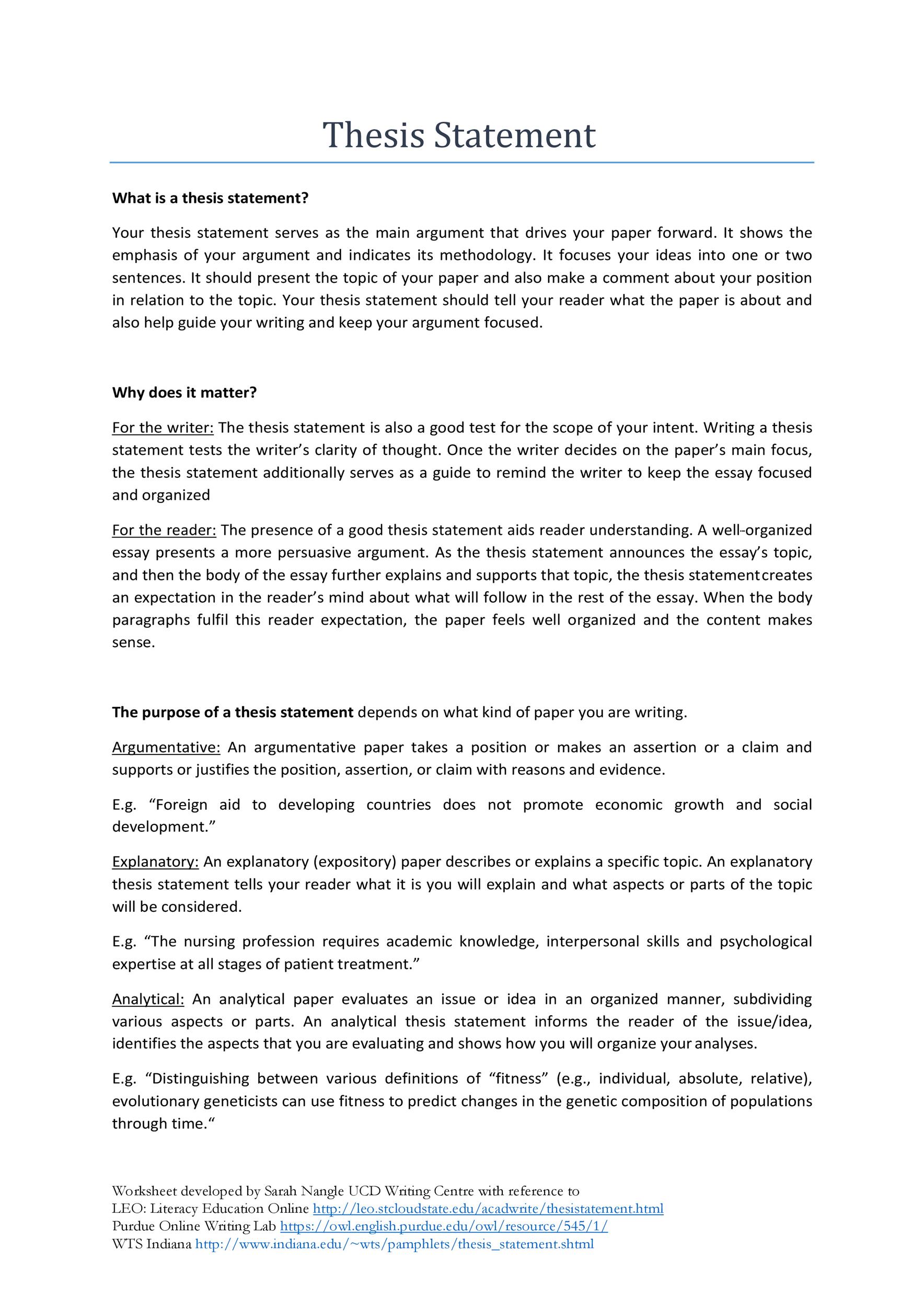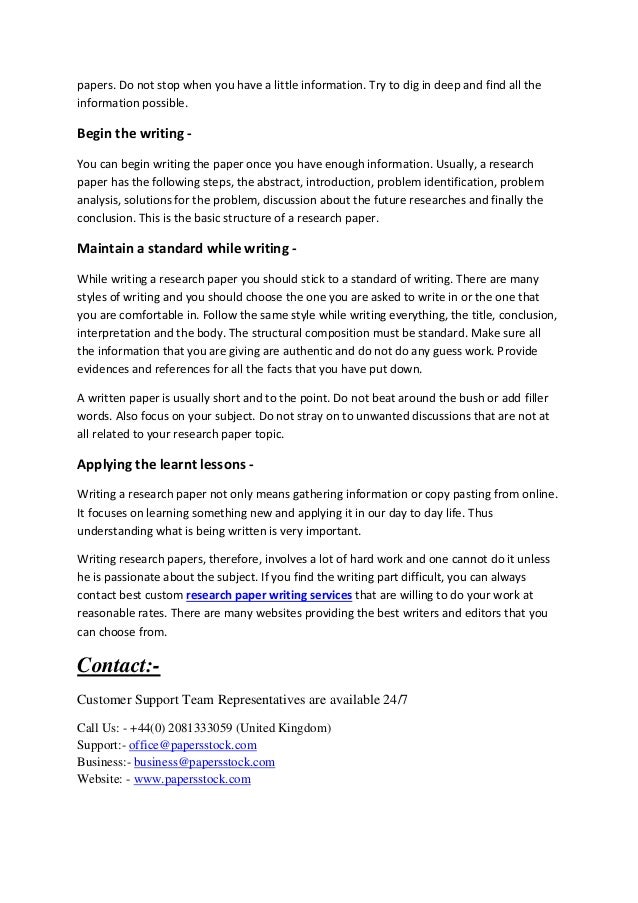
May 18, · Panic buying represents a relatively unexplored, niche area in consumer behaviour research where purchase decisions are impaired by emotions (e.g., fear of the unknown and anxiety) and social influences [6,7]. Hence, classical behavioural theories explaining consumer behaviour might not apply in this context Nov 12, · Assesses consumer behaviour by type of consumer (retail and corporate), gifting occasion, card type (paper, plastic, digital), and market share by retail categories Nov 27, · Online research that provides a responsive tool via social media for understanding consumer perceptions has been an effective mechanism for supporting new marketing strategies (Fulgoni, ). This has led to major investments in marketing in social media that exceeds over $5 billion a year in marketing investments (Ashley & Tuten, )
The Psychological Causes of Panic Buying Following a Health Crisis
The behavior of a consumer while buying a coffee is a lot different while buying a car. Based on observations, it is clear that purchases that are more complex and expensive involve higher deliberation and many more participants.
Consumer buying behavior is determined by the level of involvement that a consumer shows towards a purchase decision. The amount of risk involved in a purchase also determines the buying behavior. Higher priced goods tend to high higher risk, thereby seeking higher involvement in buying decisions. Complex buying behavior is encountered particularly when consumers are buying an expensive product. In this infrequent transaction, consumers are highly involved in the purchase decision.
Consumers will research thoroughly before committing to invest. Consumer behaves very different when buying an expensive product or a product that is unfamiliar to him.
When the risk of buying a product is very high, a consumer consults friends, family and experts before making the decision. There is a lot of thought on how it looks, how his friends and family will react, how will his social status change after buying the car, and so on. In complex buying behavior, the buyer will pass through a learning process. He will first develop beliefs about the product, then attitudes, and then making a thoughtful purchase research paper on consumer buying behaviour. For complex buying behavior customers, marketers should have a deep understanding of the products.
It is expected that they help the consumer to understand about their product. In dissonance-reducing buying behavior consumer involvement is very high. This might be due to high price and infrequent purchase. In addition, there is a low availability of choices with less significance differences among brands.
In this type, a consumer buys a product that is easily available. Consumers will be forced to buy goods that do not have too many choices and therefore consumers will be left with limited decision making. Based on the products available, time limitation or the budget limitation, consumers buy certain products without a lot of research.
For example, a consumer who is looking for a new collapsible table that can be taken for a camping, quickly decides on the product based on few brands available.
The main criteria here will be the use and the feature of the collapsible table and the budget available with him. Marketers should run after-sale service camps that deliver focused messaging. These campaigns should aim to support consumers and convince them to continue with their choice of their brand. These marketing campaigns should focus on building repeat purchases and referrals by offering discounts and incentives. Habitual Buying Behavior is depicted when a consumer has low involvement in a purchase decision.
In this case the consumer is perceiving only a few significant differences between brands. When consumers are buying products that they use for their daily routine, they do not put a lot of thought. They either buy their favorite brand or the one that they use regularly — or the one available in the store or the one that costs the least.
For example, while a consumer buys a loaf of bread, he tends to buy the brand that he is familiar with without actually putting a lot of research and time. Many products fit into this category. Everyday research paper on consumer buying behaviour products, such as salt, sugar, biscuits, research paper on consumer buying behaviour, toilet paper, and black pepper all fit into this product category. Consumer just go for it and buy it — there is no brand loyalty.
Consumers do not research or need research paper on consumer buying behaviour regarding purchase of such products. Habitual buying behavior is influenced by radio, television and print media. Moreover, consumers are buying based on brand familiarity.
Hence marketers must use repetitive advertisements to build brand familiarity. Further to initiate product trial, marketers should use tactics like price drop promotions and sales promotions.
Marketers should attract consumers using visual symbols and imagery in their advertising. Consumers can easily remember visual advertisements and can associate with a brand.
In variety seeking consumer behavior, consumer involvement is low. There are significant differences between brands. Here consumers often do a lot of brand switching. The cost of switching products is low, and hence consumers might want to try out new products just out of curiosity or boredom. Consumers here, research paper on consumer buying behaviour, generally buy different products not because of dissatisfaction but mainly with an urge to seek variety. For example, a consumer likes to buy a cookie and choose a brand without putting much thought to it.
Next time, the same consumer might may choose a different brand out of a wish for a different taste. Brand switching occurs often and without intention. Brands have to adopt different strategies for such type of consumer behavior. The market leader will persuade habitual buying behavior by influencing the shelf space. The shelf will display a large number of related but different product versions. Marketers avoid out-of-stock conditions, sponsor frequent advertising, offer lower prices, discounts, deals, coupons and free samples to attract consumers.
Consumer buying decisions are depended on the consumer behavior. There are great differences in the consumer behavior while buying a car versus buying chips. Marketers have to exercise careful judgement in marketing products to different kinds of consumer behavior.
Contents 4 Types of Consumer Behavior 1. Complex buying behavior 2. Dissonance-reducing buying behavior 3. Habitual buying behavior 4. Variety seeking buying behavior. Search for:. Types of Consumer Behavior. There are four type of consumer buying behavior: Complex buying behavior Research paper on consumer buying behaviour buying behavior Habitual buying behavior Variety seeking behavior 1, research paper on consumer buying behaviour.
Complex buying behavior Complex buying behavior is encountered particularly when consumers are buying an expensive product. Dissonance-reducing buying behavior In dissonance-reducing buying behavior consumer involvement is very high. Habitual buying behavior Habitual Buying Behavior is depicted when a consumer has low involvement in a purchase decision, research paper on consumer buying behaviour.
Variety seeking buying behavior In variety seeking consumer behavior, consumer involvement is low. Conclusion Consumer buying decisions are depended on the consumer behavior. Complex buying behavior. Dissonance-reducing buying behavior. Habitual buying behavior. Copyright © www. com All Rights Reserved.
5 Stages of the Consumer Decision-Making Process and How it's Changed
, time: 9:06How COVID Has Transformed Consumer Spending Habits
A consumer’s buying decision depends on the type of products that they need to buy. The behavior of a consumer while buying a coffee is a lot different while buying a car. Based on observations, it is clear that purchases that are more complex and expensive involve higher deliberation and Nov 12, · Assesses consumer behaviour by type of consumer (retail and corporate), gifting occasion, card type (paper, plastic, digital), and market share by retail categories Nov 27, · Online research that provides a responsive tool via social media for understanding consumer perceptions has been an effective mechanism for supporting new marketing strategies (Fulgoni, ). This has led to major investments in marketing in social media that exceeds over $5 billion a year in marketing investments (Ashley & Tuten, )








